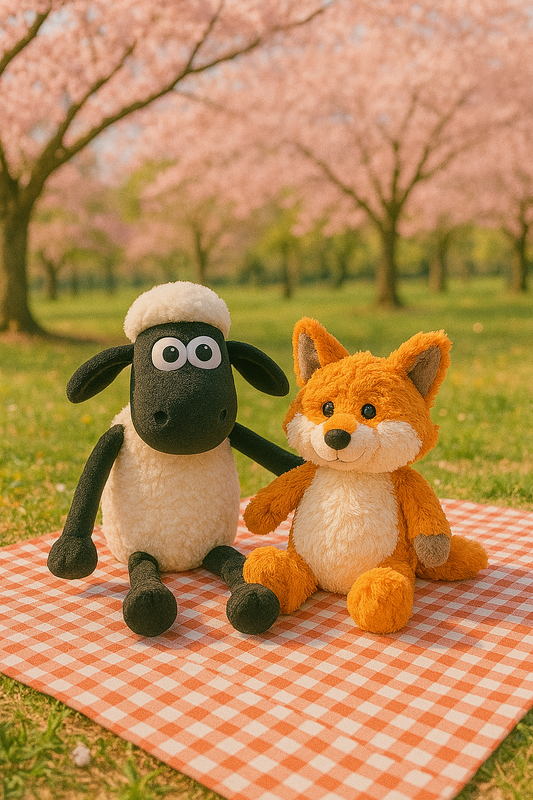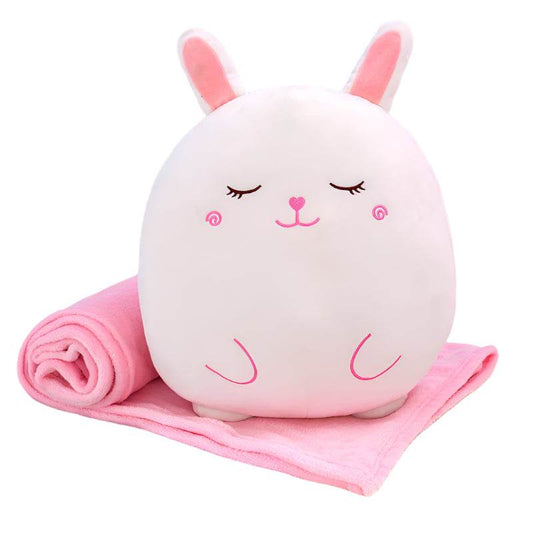 Giant teddy bears hold a special place in our hearts. They’re not just oversized toys; they’re huggable companions, decorations, and sentimental keepsakes. But over time, even the most cherished giant teddy bears can lose their fluff, develop lumpy stuffing, or fall victim to stains, odors, and mold. Fortunately, with the right care, you can restore your teddy bear to its original plush and cozy state.
Giant teddy bears hold a special place in our hearts. They’re not just oversized toys; they’re huggable companions, decorations, and sentimental keepsakes. But over time, even the most cherished giant teddy bears can lose their fluff, develop lumpy stuffing, or fall victim to stains, odors, and mold. Fortunately, with the right care, you can restore your teddy bear to its original plush and cozy state.
In this guide, we’ll focus on the ins and outs of stuffing and unstuffing giant teddy bears—why it’s necessary, when to do it, and step-by-step instructions for keeping your beloved bear in top shape.
Why Re-Stuffing Giant Teddy Bears is Necessary
1. Restoring Shape and Fluffiness
Over time, the stuffing inside a giant teddy bear can compress or shift, leaving the bear looking saggy, uneven, or lumpy. Re-stuffing helps restore its original shape and fluff, making it huggable and adorable once again.
2. Removing Odors and Mold
Giant teddy bears can absorb moisture, leading to mildew, unpleasant odors, or even mold inside the stuffing. Replacing the stuffing is the best way to eliminate these issues and ensure your bear stays fresh and clean.
3. Preserving Sentimental Value
If your teddy bear holds sentimental value, re-stuffing is a way to give it a new lease on life. It helps maintain its charm and longevity, allowing you to enjoy it for years to come.
When Should You Re-Stuff a Giant Plushie?
- Flattened or Misshapen Appearance: If your bear looks deflated or has lost its signature fluff, it’s time to add fresh stuffing.
- Tears or Loose Seams: Stuffing may start to leak out if the seams are torn or worn, indicating it’s time for repairs and re-stuffing.
- Unpleasant Smells or Mold Growth: Musty odors or visible mold inside the bear are signs that the stuffing has been compromised and needs to be replaced.
Persistent Stains: Stubborn stains on the bear’s exterior might mean the stuffing is affected and needs to be removed for a thorough cleaning.
How to Unstuff a Giant Teddy Bear

1. Locate the Seam or Zipper
Many giant teddy bears have a hidden zipper or an accessible seam for unstuffing. If your bear doesn’t have one, identify the least visible seam (usually at the back or bottom) to open.
2. Open the Seam
Use a seam ripper or small, sharp scissors to carefully cut the seam. Be gentle to avoid damaging the fabric. Open the seam wide enough to comfortably remove the stuffing.
3. Remove the Stuffing
Slowly pull out the old stuffing. If the bear contains foam pellets or other types of stuffing, save them in case you want to reuse them. Check for any debris, mold, or mildew inside the bear.
4. Prepare for Washing
Once the stuffing is removed, inspect the outer shell for stains, dirt, or odors. This is the perfect opportunity to clean the fabric (see the next section for washing tips).
How to Wash a Giant Teddy Bear Before Re-Stuffing

1. Hand-Washing (Best for Delicate Fabrics):
Fill a bathtub or large basin with lukewarm water and mild detergent.
Submerge the bear’s fabric shell and gently scrub any stained areas with your hands or a soft brush.
Rinse thoroughly to remove all soap.
2. Machine Washing (For Durable Fabrics):
Place the fabric shell in a large pillowcase or mesh laundry bag.
Wash on a gentle cycle using cold water and mild detergent. Avoid bleach or fabric softener.
3. Drying:
Lay the bear’s shell flat on a clean towel or hang it in a well-ventilated area to air-dry.
Avoid direct sunlight, which can fade the fabric, and never use a dryer, as heat can shrink or damage the material.
How to Re-Stuff A Teddy Bear?

1. Choose the Right Stuffing
1. Polyester Fiberfill: A lightweight, fluffy, and durable option that mimics the original feel of most stuffed toys.
2. Foam Pellets: Ideal for creating a weighted or structured feel, often used in the lower parts of the bear.
3. Eco-Friendly Alternatives: Cotton batting or shredded memory foam can work well for a softer, natural feel.
2. Start Stuffing Small Sections
Begin with smaller areas like the arms, legs, and ears. Add small amounts of stuffing at a time, ensuring it’s evenly distributed. Use your hands to shape these areas as you go.
3. Move to Larger Areas
Gradually fill the torso and head. For larger sections, use a mix of stuffing materials (e.g., foam pellets at the base for weight and fiberfill at the top for softness). Avoid overstuffing, which can strain the seams.
4. Shape and Adjust
Continuously shape the bear’s body to ensure it looks proportional and natural. Feel for any lumps or uneven areas and adjust the stuffing as needed.
5. Close the Seam
Sew the seam closed using a ladder stitch for an invisible, secure finish. Use strong thread and double-knot for added durability.
Tips for Teddy Bear Restoration

1. Dealing with Mold or Stains
Remove all stuffing immediately if there’s any sign of mold. Wash the fabric with an anti-fungal detergent or a vinegar-and-water solution. Ensure it’s fully dry before re-stuffing.
2. Fluffing Up Old Fur
Use a fabric brush, comb, or lint roller to restore the softness and fluff of the bear’s fur. A steamer can also help with stubborn creases or flattened areas.
3. Repairing Tears and Loose Seams
Sew up small tears with strong thread and a ladder stitch. For larger holes, consider patching the area with matching fabric or adding decorative elements like a heart-shaped patch.
4. Replacing Accessories
Replace missing eyes, bows, or other accessories with new ones. Attach them securely using thread or non-toxic glue to ensure safety.
What Happens If You Don’t Re-Stuff or Restore?
- Loss of Shape: Over time, your teddy bear will lose its charm and huggability as the stuffing compresses or shifts.
- Health Risks: Moldy or damp stuffing can lead to unpleasant odors and potential health hazards.
- Shortened Lifespan: Neglecting to restore or maintain your bear can cause irreversible damage, making it harder to preserve as a keepsake.
Conclusion
Stuffing and unstuffing a giant teddy bear may seem like a big task, but it’s a rewarding way to breathe new life into your cherished companion. With the right tools, materials, and a little patience, you can restore your bear to its original fluffy, lovable self—or even better!
Whether you’re tackling stains, mold, or flattened stuffing, these steps will help you keep your giant teddy bear looking and feeling just as special as the day you got it. Have you restored your giant teddy bear? Share your experience in the comments below! 😊
















